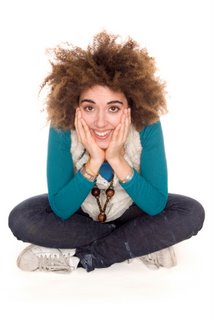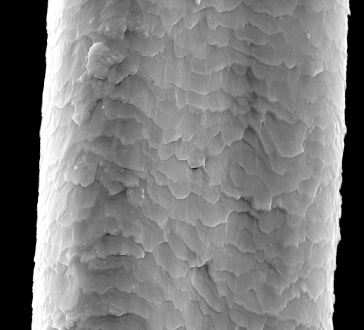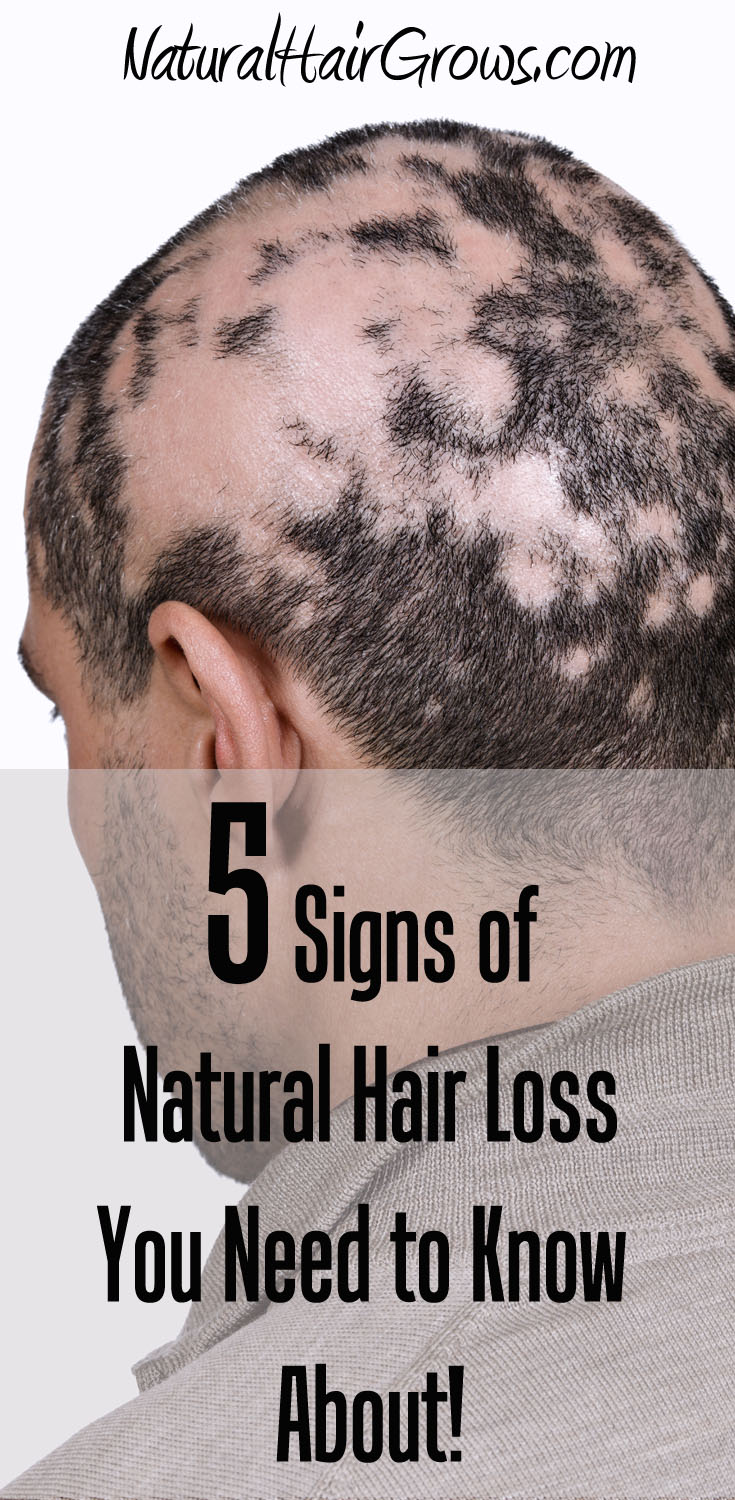What Does Healthy Natural Hair Care Involve?

One size does not fit all when it comes to natural hair care. Because there are many naturals with so many types of curly hair textures, using one technique to address all of their needs is not always practical.
However, There are a few aspects of hair that are the same for everyone and being aware of these similarities can be just the information needed to create your natural hair care routine.
All hair is made up of protein, lipids (fats), water, melanin (which gives hair color), and trace elements (Harrison & Sinclair, 2004). And, whether you are black, white, green or striped, your hair strand contains three major parts:
The outside layers of the hair strand make up the cuticle (See figure below);

Find out how dandruff can tear the cuticle layers off your hair strand.
The cuticle protects the cortex and then the medulla, the inner core. And, why might you ask, would the cuticle need to protect the cortex?
The cortex indeed needs protecting. It contains the biggest part of the hardened protein, keratin, which makes up the bulk of the hair strand, contributing most to the color and mechanical properties of the hair (Harrison & Sinclair, 2004). Mechanical property is the fancy way of saying what would you do if you were being pulled by a 900 pound elephant? Go along with it? Or stand your ground?
Most likely your mechanical property wouldn’t be too stable. It’s the qualities you show as a result of force being put upon you. An intact cuticle and cortex can tell you the strength of your hair under conditions of it being pulled. Would your hair snap off or withstand the yanking? Would it spring back in a coil or lie flat? The answers to those questions describe the mechanical properties.
So, what does this mean for your natural hair care routine? No matter the curl texture of your hair, your natural hair care has to seek to protect your cuticle layers. A healthy hair strand has a smooth cuticle where the layers aren't damaged, lifted or gone all together.(Harrison & Sinclair, 2004)
Healthy natural hair care also attempts to protect the cortex from being exposed. If the cortex is the part of your hair that makes up the bulk of the hair strand, it becomes extremely important that we don't do anything to damage it. So that starts with ferociously protecting the condition of the outer cuticle layers.
Good things happen in the cortex: block parties, cake, warm chocolate chip cookies fresh from the oven: very important things. I would even go as far to say that long hair can happen in the cortex because if it and the cuticle layers are secure, breakage can't occur. And if there is no breakage there is only longer hair. So if we can save the cuticle, we can grow the hair.
Reference:
- Harrison, S & Sinclair R (2004) Hair Colouring, Permanent Styling and Hair
Structure. Journal of Cosmetic Dermatology, 2, 180-185.
Tightly curled hair can be healthy too yet can be a challenge to maintain.
Find out why natural hair care is unique for tightly curled hair
Teri at biracialhair.org has tightly curled hair that has grown down to her hips. She handles her curls very carefully and guards her cuticle layers.
Read a step by step tutorial at www.biracialhair.org to help natural curls protect their hair.
While healthy hair care involves paying attention to the makeup of your hair, it also takes into account styling techniques, especially heated styling. Read here about the effects of blow drying on natural hair





